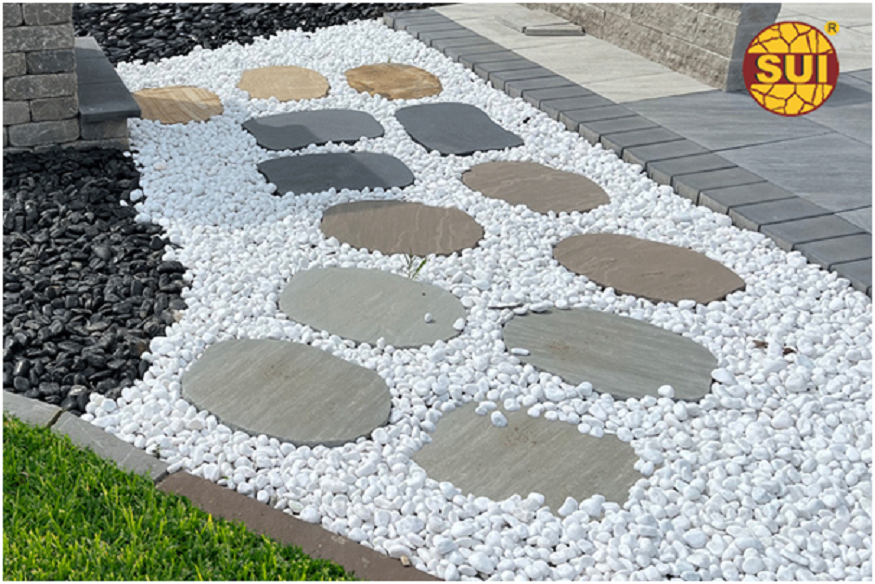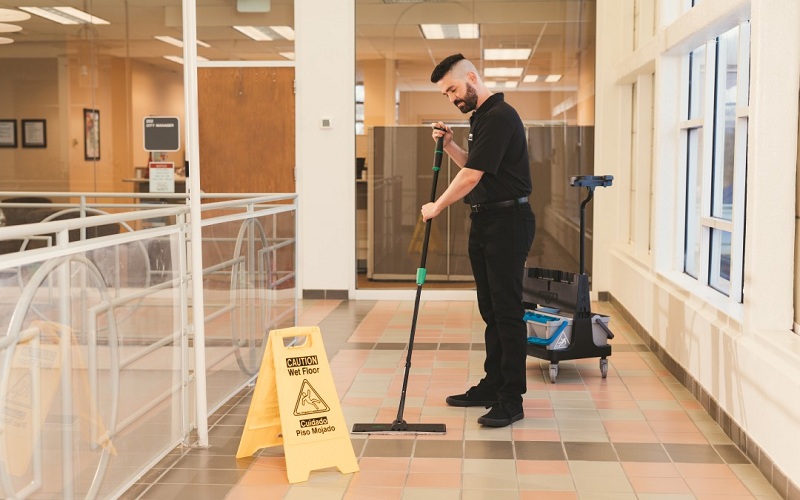The initial challenge in designing an extraordinary nursery involves selecting suitable components that merge functionality with design aesthetics. Your garden area’s landscape will transform dramatically through the strategic choice of stepping stones, cobblestones and pebbles when constructing your outdoor space. The following article provides essential guidelines that help you select Nursery products which enhance your outdoor space with long-lasting benefits.
1.Understanding Your Garden’s Unique Character
Hardscape components serve as essential storytellers for each garden. Take the time to discover your garden characteristics before purchasing anywhere at the nursery. Does it have a more relaxed, organic flow, or is it a formal area with symmetrical patterns and neat lines? Cobblestones may define borders or provide textural contrast, while stepping stones provide walkways that lead guests through the trip of your garden. Pebbles can be used to create dry river beds that provide dimension or to fill in the gaps between bigger pieces. Understanding your garden’s natural nature can help you choose features that complement rather than overpower its attractiveness, resulting in a cohesive area that feels purposefully planned rather than haphazardly put together.
2.Assessing Durability for Your Climate Conditions
Weather patterns in your location directly affect the lifespan of your garden items. The materials used in areas with freeze-thaw cycles need to be able to withstand movement and breaking while materials that resist fading and decay should be selected for locations receiving high levels of sunlight. Natural stepping stones made from granite or slate have an exceptional ability to withstand various weather conditions whereas premium cobblestones can survive both human activities and weather elements for decades. The selection of pebbles should always consider the potential impact of runoff which may cause them to disappear during heavy rainstorms. A well-chosen set of suitable garden materials enables you to skip replacements and maintain your garden’s beauty throughout different seasons.
3.Harmonizing Colors with Existing Landscape Elements
Your garden area will look more cohesive if the colors are coordinated. The pebbles, cobbles, and stepping stones you choose should blend in with the main hues of your plants as well as any hardscape elements you already have. Warm browns and beiges usually go well with similarly warm-toned materials, while houses with cooler gray or blue undertones tend to look best with cooler-toned stones. Take into account the undertones in your home’s façade and any existing stonework. While shopping, a lot of landscape designers advise taking pictures of your area or bringing samples home. This lessens the disappointment of finding that your new purchases conflict with things you already have. Keep in mind that, in contrast to flawlessly homogeneous manufactured items, natural stone usually offers slight color variations that give depth and intrigue, providing a more realistic and visually rich garden setting.
4.Prioritizing Safety in Traffic Areas
Safety in a garden should never be sacrificed for aesthetics. Choose stepping stones with naturally non-slip surfaces for paths, particularly in places that occasionally get wet or see a lot of foot traffic. While providing stable footing, flat stones with a hint of texture preserve aesthetic appeal. Consider how tourists with mobility issues could be impacted by uneven surfaces created by cobblestones, notwithstanding their attractiveness. When choosing pebbles for locations near water features or in places that see a lot of rain, choose ones that won’t move underfoot. Take extra care when moving from one garden zone to another, making sure there aren’t any sudden level changes that might trip you up.
5.Calculating Appropriate Quantities to Avoid Waste
There aren’t many things more annoying than running out of supplies in the middle of a project or having extra that isn’t used. You can make sure you buy precisely what you need by using precise measurements and sound calculations. Measure the length of the walkway you want to use and choose the distance between the stepping stones. For comfortable walking, it is normally 24 to 30 inches from center to center. To accommodate for cuts and breakage, measure the square footage while designing cobblestone regions and add around 10% more. Use a materials calculator to calculate the tonnage for pebble coverage after determining the area and required depth, which is usually 2-3 inches for most applications. To help identify exact numbers, several vendors provide online tools or calculating aid.
6.Considering Maintenance Requirements Long-Term
Even the most exquisite garden features can rapidly lose their allure if they need more upkeep than you can afford. Consider honestly how much time you want to spend on maintenance before making your decisions. While some stepping stones may be cleaned with a simple washing every now and again, others may need to be sealed periodically to avoid moss development or discoloration. Sand-set cobblestones may require weed control in between joints or re-levelling on a regular basis. As stones settle or move, pebble areas may need to be topped off every few years and typically require occasional raking to keep their look. Think about if the materials you select will need certain cleaning supplies or methods.
7.Balancing Budget Without Compromising Quality
Developing a beautiful garden does not require expensive budgets as knowing productive investment spots will lead you to create spaces which will delight you over multiple years. High-end pebbles along with cobblestones and stepping stones serve as everlasting investments which boost your home value while improving your daily life quality. Instead of economizing on every piece, think about investing in eye-catching main points and choosing more affordable solutions for less noticeable regions. Numerous vendors provide comparable goods in a range of grades at varying price ranges. Prior to shopping, clearly define your spending limits to avoid making impulsive purchases that might put a burden on your money.
8.Seeking Expert Advice for Complex Installations
Even though a lot of garden jobs may be completed successfully on your own, certain installations really benefit from expert advice. Complicated cobblestone patterns, structural components that need adequate drainage, or installations on sloping ground can pose difficulties that are beyond the capabilities of the average homeowner. Numerous garden retailers and nurseries provide advice services or might suggest certified installers who are knowledgeable about their offerings. Before starting installation, think about arranging your stepping stones in different patterns to see how they will look in the end, or make a little test area with your cobblestones to make sure you like how they look. Understanding the right depth and foundation preparation for pebble installations helps to avoid settling or migration problems later on.
Conclusion
The foundation for a lasting sensory-effective landscape emerges through strategic product placements of Garden Stepping Stones. Your decisions for a better outdoor living space will improve when you consider these vital elements including understanding your garden personality alongside seeking expert guidance when needed. Your landscape’s beauty depends on selecting top-quality materials which can adjust to seasonal and yearly variations in your garden.




